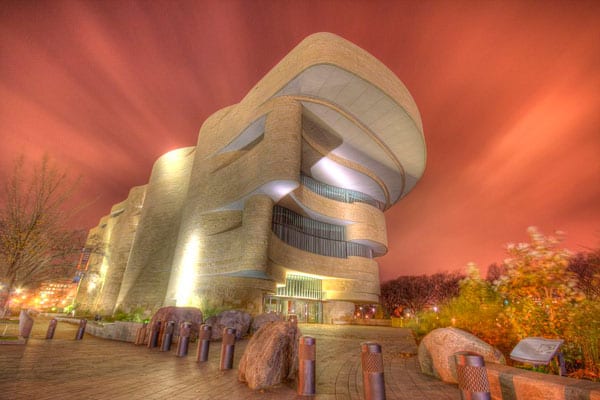
November 20, 2018; PBS NewsHour and Education Week
“School children in the US often celebrate Thanksgiving by dressing up as pilgrims and ‘Indians’,” notes Kavitaha Cardoza of Education Week, reporting for News Hour. (For a humorous send-up of the standard account, see this old movie clip from Addams Family Values). Cardoza, in a masterstroke of understatement, notes that “these traditions tend to perpetuate myths that are offensive to Native American communities.” A couple of years ago, writing in Smithsonian Magazine, Dennis Zotigh, a cultural specialist at the Museum of the American Indian, was less restrained:
The Thanksgiving myth has done so much damage and harm to the cultural self-esteem of generations of Indian people, including myself, by perpetuating negative and harmful images to both young Indian and non-Indian minds. There are so many things wrong with the happy celebration that takes place in elementary schools and its association to American Indian culture; compromised integrity, stereotyping, and cultural misappropriation are three examples.
Building counternarratives that are truly respectful of Native American communities and that accurately tell the story of the Wampanoag is no small thing, but the Museum of the American Indian is seeking to make inroads.
Cardoza, in her story, profiles a group of 50 social studies teachers who come to the Museum of the American Indian in Washington, DC for a week-long training on “how to teach the first Thanksgiving in a way that is true to actual events and respectful of Native cultures.” This class is part of a broader set of programs, some taught under the banner of Native Knowledge 360º, as well as related efforts like the Teacher-in-Residence and the July Educator Institute “in order to build a network of teachers dedicated to providing students with new and accurate perspectives.”
Participating teachers at the training learned that the Pilgrims weren’t the first settlers in the US, and that Native Americans had celebrated fall harvest feasts for years. They got to listen to first-person stories, analyze historical photos, and learn about traditional Native foods. They also learned the broader context of Native American history, including key federal policies, such as assimilation, the Dawes Act, and American Indian removal under Jacksonian policy, and are provided strategies for incorporating these in lesson plans.
Sign up for our free newsletters
Subscribe to NPQ's newsletters to have our top stories delivered directly to your inbox.
By signing up, you agree to our privacy policy and terms of use, and to receive messages from NPQ and our partners.
“These affected my people—you know, my community, personally,” notes Renee Gokey (Eastern Shawnee/Sac and Fox), who serves as a teacher services representative at the museum.
The stories help teachers devise ways to counter textbook interpretations that often treat American Indians as if they are not part of the US today. As one teacher tells Cardoza, “When you tell [students] that Native people are still here in America, they’re like, oh, we didn’t know that.”
Eric Shed, who trains history teachers at Harvard University, tells Cardoza that “understanding the past is all about narratives or stories that help us make sense of the present…Narratives are fundamentally important to us as a society…they’re what binds us together.”
Rebecca Daugherty, who teachers third-graders in Colorado Springs, underscores the importance of getting the narrative right. Her students, she notes, are “going to be the future of this country. And if everybody has a misunderstanding and nobody tells them the truth, then we’re a nation built on lies…hopefully, I taught them to not always believe what they hear first time, but to look further and investigate more.”
For her part, Gokey says that part of what motivates the work she does is her belief that “there’s much more opportunity when we speak frankly and truthfully about the past.”—Steve Dubb











